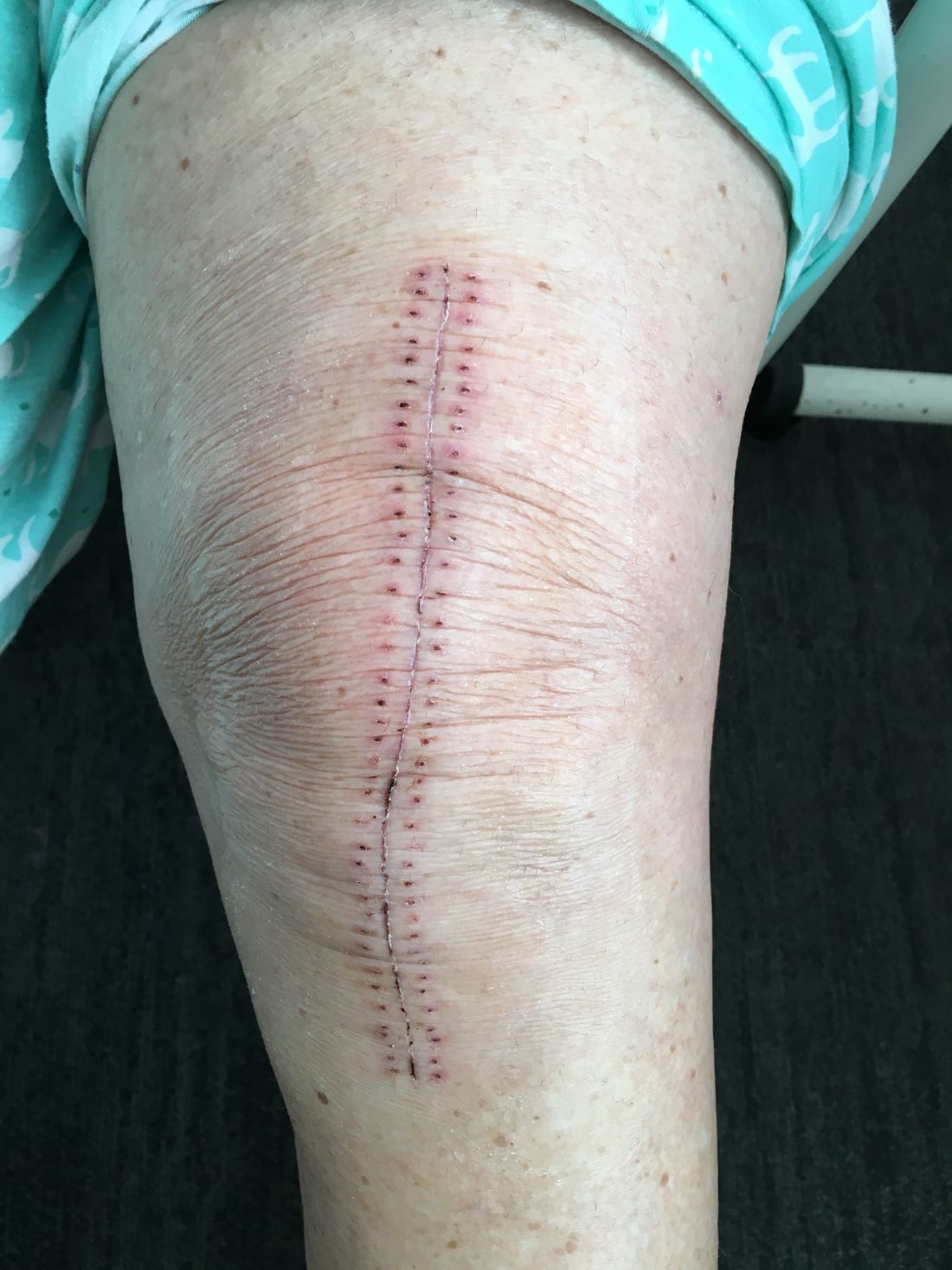Reducing the likelihood of excessive post-operative scarring ….
Not everyone has a satisfactory resolution to a surgically induced wound. Excessive scaring or hypertrophic scar formation is not uncommon. The role of the epidermis in the final stage of skin healing (scar tissue development) is significant. Mustoe & Gurjala discuss research which recommends that surgical wounds be sealed or occluded for at least 4 weeks after tissue closure. They point out that the epidermis’ stratum corneum takes considerable time to regain its competence as a water barrier, which controls the skin’s water vapour loss. Excess water vapour loss causes the epidermis to become inflamed, producing signals which prolong the process of scar tissue formation and predispose to the development of excessive scaring. Silicone, cyanoacrylate and hydrocolloid dressings are common products used to provide the occlusion necessary to aid the restoration of normal stratum corneum water barrier function.
Mustoe,TA & Gurjala,A The role of the epidermis and the mechanism of action of occlusive dressings in scarring. Wound Repair Regen 2011;19(1):16-21



